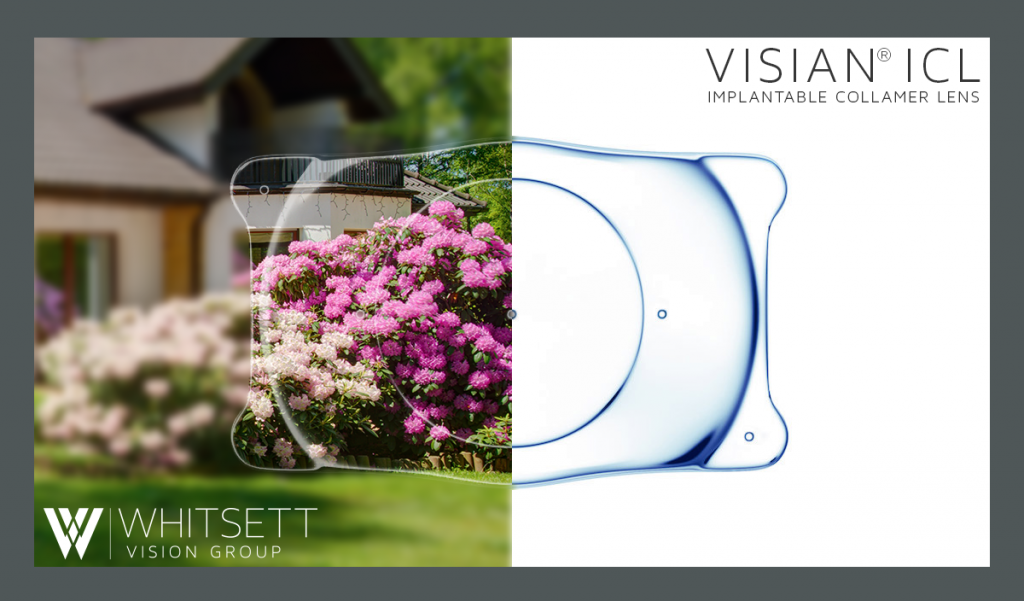
Since being introduced in the mid-1990s, laser vision correction procedures such as LASIK have helped over 20 million people across the world achieve great vision and reduce or eliminate their need for corrective lenses. As laser technology has advanced over the last two decades, these surgeries have become increasingly popular and accessible, to the point that an estimated 700,000 people have LASIK each year in the United States alone.
Despite the constant advances in technology, however, there remains a significant number of people who are not suitable candidates for laser refractive surgery. Patients with thin or irregular corneas, very high nearsighted prescriptions, or severely dry eyes are generally turned away by LASIK providers, as these are known risk factors for the rare complications associated with laser vision correction.
For years, these patients had little option other than continuing to depend on glasses and contacts. However, in the last decade another option has been gaining in popularity, offering new hope to those non-LASIK candidates. Known collectively as phakic IOLs, they are corrective lenses implanted within the eye itself. The surgery is fast, safe, and offers excellent visual outcomes. While they only received final FDA approval in 2004, they have been available in Europe for well over 15 years, and the most popular phakic IOL, the Visian ICL, has been implanted over a half-million times worldwide. In this country, they are currently indicated for patients between the ages of 20-45 with moderate to severe nearsightedness. (Phakic IOLs for farsightedness are available outside the US, but have not yet received FDA approval.)
Phakic IOL surgery differs from the other main type of lens implant surgery, cataract surgery, in that the eye’s natural lens is not removed: the phakic IOL works in conjunction with the patient’s natural lens, while in cataract surgery the natural lens is removed and replaced with an artificial lens (known as a pseudophakic IOL). In a phakic IOL surgery, a corrective lens, similar in function to a contact lens, is implanted within the eye. While some early phakic IOLs were designed to be implanted in front of the iris, in the anterior chamber, the modern Visian ICL is placed behind the iris, where it is essentially invisible to outside observers.
Because the Visian ICL procedure does not correct vision by reshaping the cornea, it can be an excellent alternative for patients with thin or irregularly shaped corneal tissue. The Visian ICL is available in the United States in nearsighted powers ranging from -3.00 to -20.00. This significantly exceeds the treatment range of the currently available excimer lasers, making Visian a good option for extremely myopic patients. Other advantages of the Visian ICL include the rapid recovery – many patients report sitting up on the operating bed and being able to read the clock on the far wall – and the excellent postoperative vision, often described as “high definition” vision.
While LASIK remains by far the most common and well-known form of refractive surgery, the Visian ICL fills an important niche in the field of surgical vision correction. The specialists at Whitsett Vision Group have been offering Visian ICL for years as an option for patients looking to improve their vision and get rid of their glasses or contacts. Patients with questions about the ICL procedure, or who wish to explore their vision correction options including LASIK, ICL, and refractive lens exchange, are invited to contact us for a complimentary, no-obligation screening and consultation. It would be our pleasure to have you meet with one of our doctors, who will explain your options and answer any questions you may have.

